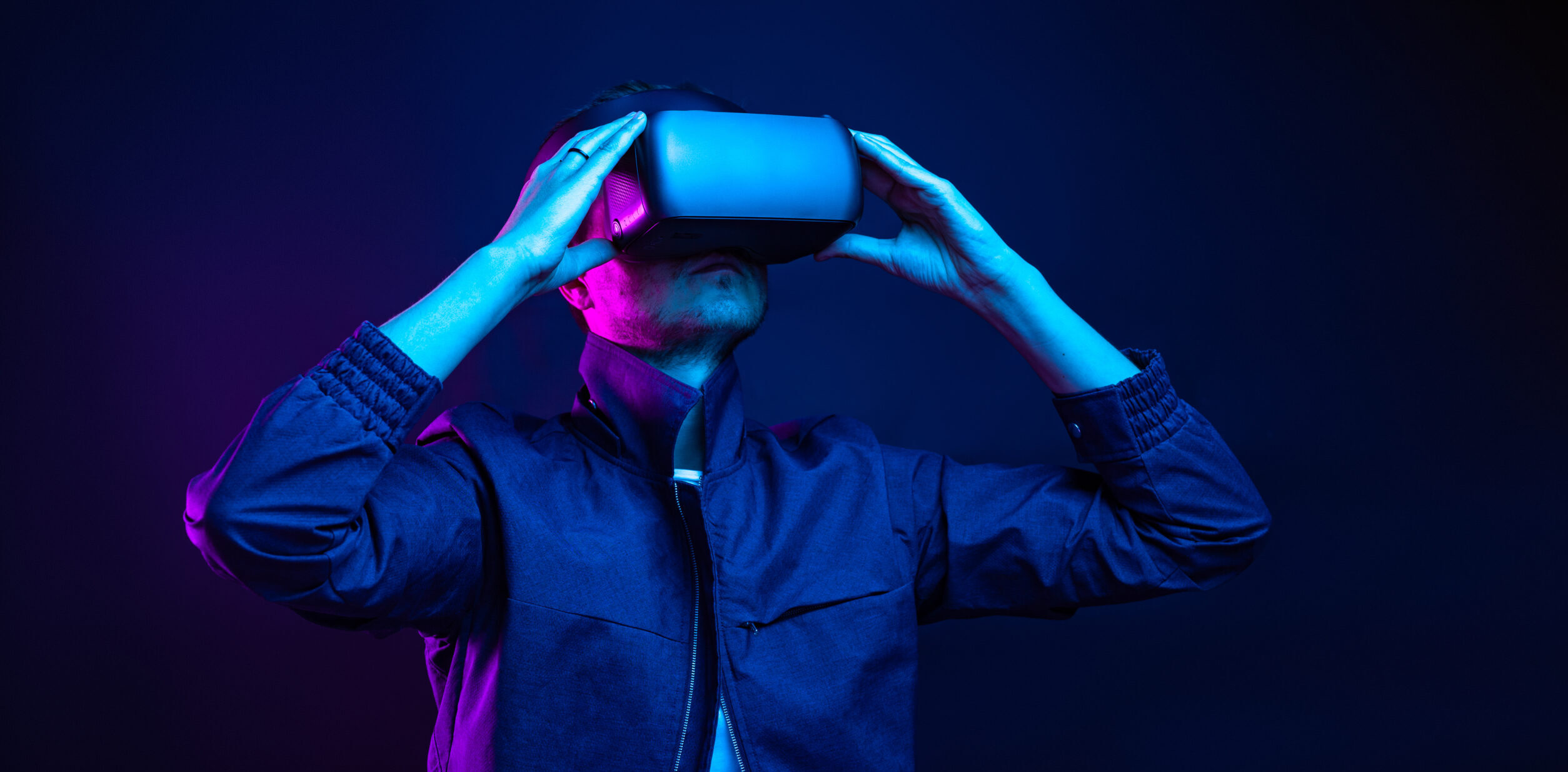Virtual reality (VR) is a recently developed technological advancement that uses computers to produce environments that are based on real-life surroundings or imaginary worlds. Using a virtual reality headset or helmet, individuals can transform their surroundings by entering into an immersive experience that uses technology to generate a completely artificial environment. VR has applications in improving health outcomes, including use during indoor exercise to make activities more engaging or for mental health therapies to expose patients to different conditions.
With the perceived benefits of VR, researchers at Lille University of Science and Technology studied how incorporating color accents into urban environments influences certain behaviors, such as walking speed and eye movements, and other physiological measures such as heart rate. Previous research explains that exposure to nature improves mood and satisfaction with life situations. Understanding the benefits of nature on well-being, the study aimed to test how utilizing virtual reality to simulate colors in nature in urban settings can affect health. Using the VR helmet, participants walked in place while exploring the outside of a simulated building. Each condition of the study had different environments, including a building with a plain gray environment or a building surrounded by green vegetation, and the participants were told to walk on either a white pathway or a colored pathway around the building. The researchers used heart rate as an indicator of alertness where a slight increase in heart rate from resting heart rate signaled that an individual was more focused. The results of the study showed that individuals had slower walking times and higher mean heart rates in the green environment compared to the gray environment, although the difference in mean heart rates was not significant. When the environment was filled with colors in the background, participants spent more time focused on the designs and the environment compared to when the surroundings were gray. Thus, the study concluded that the green environment showed overall more focus on the experience and increased alertness in the task.
Research shows that older adults can feel less socially isolated when they use virtual reality in certain settings.
Image Source: Anna Frank
Seeing the positive effects of various virtual reality experiences, a second study at the Research Center of the Geriatric University Institute of Montreal observed the effects of virtual museum tours on elders facing social isolation. Researchers measured participants’ social level, well-being, and physical health before individuals attended the virtual museum tours through a series of established questionnaires and repeated the questionnaires after three months of the virtual experience. The study concluded that the virtual museum trips decreased social isolation in older adults and improved their mental and physical health, demonstrating that pursuing artistic endeavors, even if they are virtual, can increase feelings of positivity and enhance the quality of life.
As researchers continue to explore how virtual reality can be used to enhance personal life experiences, immersion in natural settings and exposure to artistic activities through the use of VR has the potential to expand awareness of our surroundings, increase positive thinking, and minimize social isolation.
Featured Image Source: Gabi Moisa










